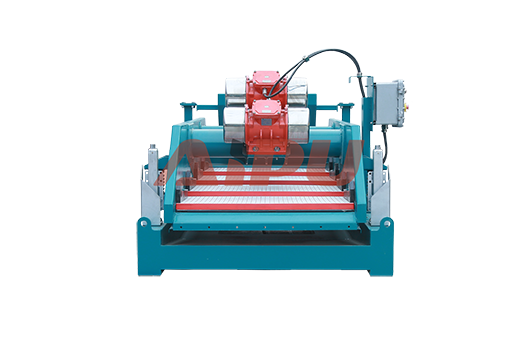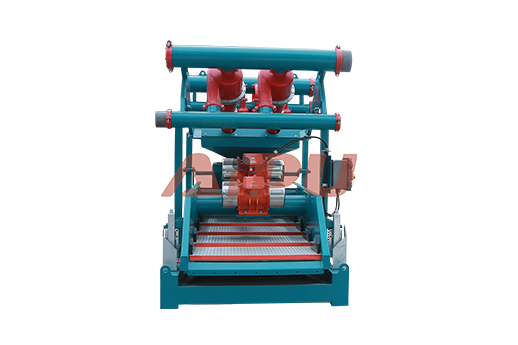The Importance of Shale Shaker in the First Defense Line
The drilling fluid circulation system is the lifeblood of any efficient drilling operation, and its first and most critical stage of solids control is the shale shaker. This machine acts as the primary filter, tasked with removing the large, coarse drill cuttings from the drilling mud as it returns from the wellbore. Its performance directly dictates the efficiency of the entire downstream solids control process and the overall health of the drilling fluid. A poorly functioning shaker can lead to a cascade of problems, including equipment wear, increased chemical costs, and potential wellbore instability, making its role as the first defense line absolutely indispensable for safe and cost-effective drilling.
The Critical Role in the Solids Control Hierarchy
In the multi-stage solids control system, each piece of equipment has a specific duty. The shale shaker's job is the initial, high-volume separation. By vigorously vibrating screens with specific mesh sizes, it separates cuttings from the valuable drilling fluid. Effective removal at this first stage prevents the finer, abrasive solids from moving downstream, which would quickly overload and damage more sensitive equipment like desanders, desilters, and centrifuges. Protecting these subsequent units from excessive wear reduces maintenance downtime and operational costs significantly.
Impact on Drilling Fluid Properties and Cost
The quality of the drilling fluid is paramount for successful drilling. When a shale shaker operates inefficiently, fine solids remain in the mud, altering its key properties. This can lead to increased mud weight, higher viscosity, and poor filter cake quality. To counteract these negative effects, crews must add more water and expensive chemical additives, driving up costs. Furthermore, the abrasive nature of these fine particles accelerates wear on pumps, drill bits, and other tubulars, leading to more frequent replacements and non-productive time.

Maximizing Shale Shaker Efficiency
To ensure a shale shaker performs its duty effectively, several factors must be optimized. Selecting the correct screen mesh is crucial; it must be fine enough to capture the target solids while allowing the fluid to pass through without blinding the screen. Proper screen installation and tensioning are equally important to prevent premature failure and ensure consistent vibration. The shaker's motion—whether linear, elliptical, or balanced elliptical—must be matched to the drilling conditions and mud properties to achieve optimal solids conveyance and liquid recovery.
Regular monitoring and maintenance are non-negotiable for peak shaker performance. Operators should frequently inspect screens for tears or plugging and replace them as needed. The condition of the vibrator motors and isolation elements should also be part of a routine check. By investing in proper operation and maintenance, drilling operations can maintain a clean, stable drilling fluid system, which is the foundation for reaching target depths safely and on budget.
For operations demanding reliability and peak performance from their primary solids control equipment, partnering with a trusted manufacturer is key. Aipu stands out as a leading provider of robust and efficient solids control systems, including high-performance shale shakers engineered for durability and superior separation.







